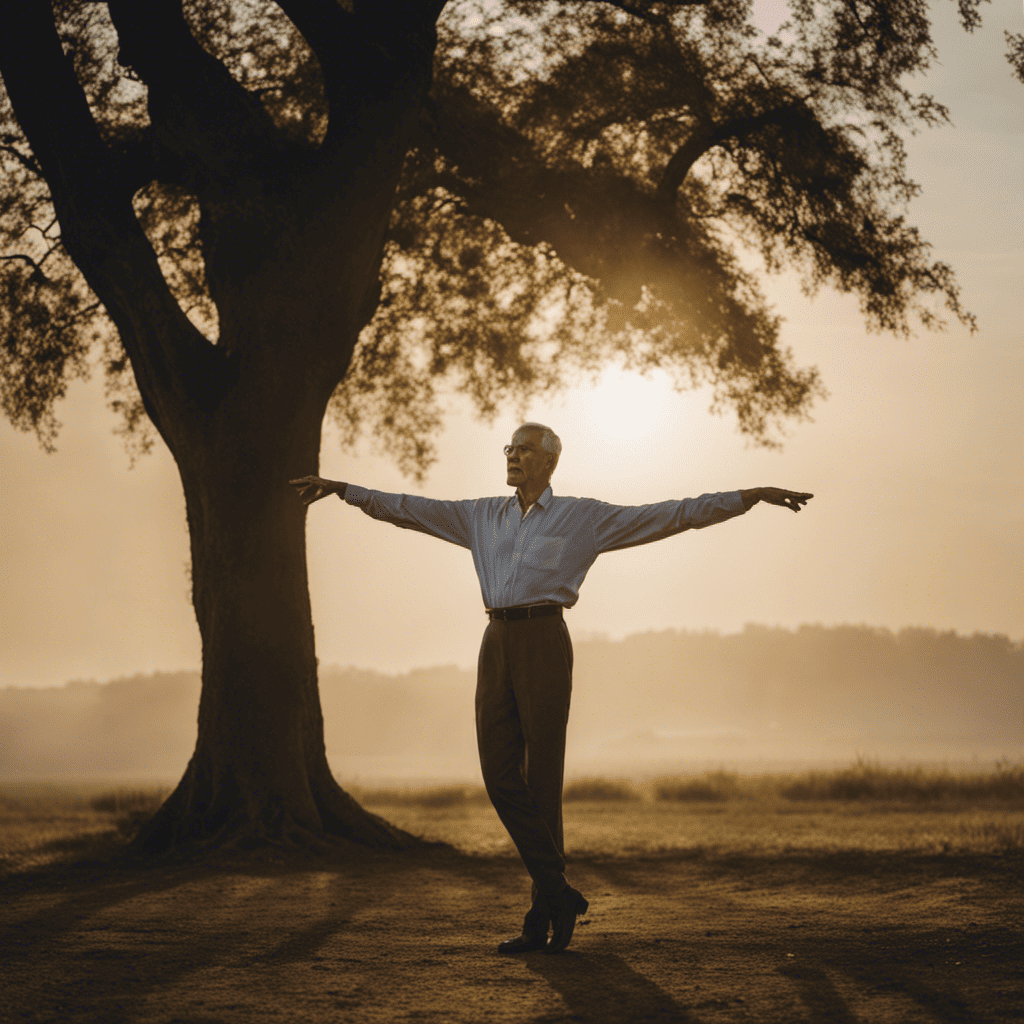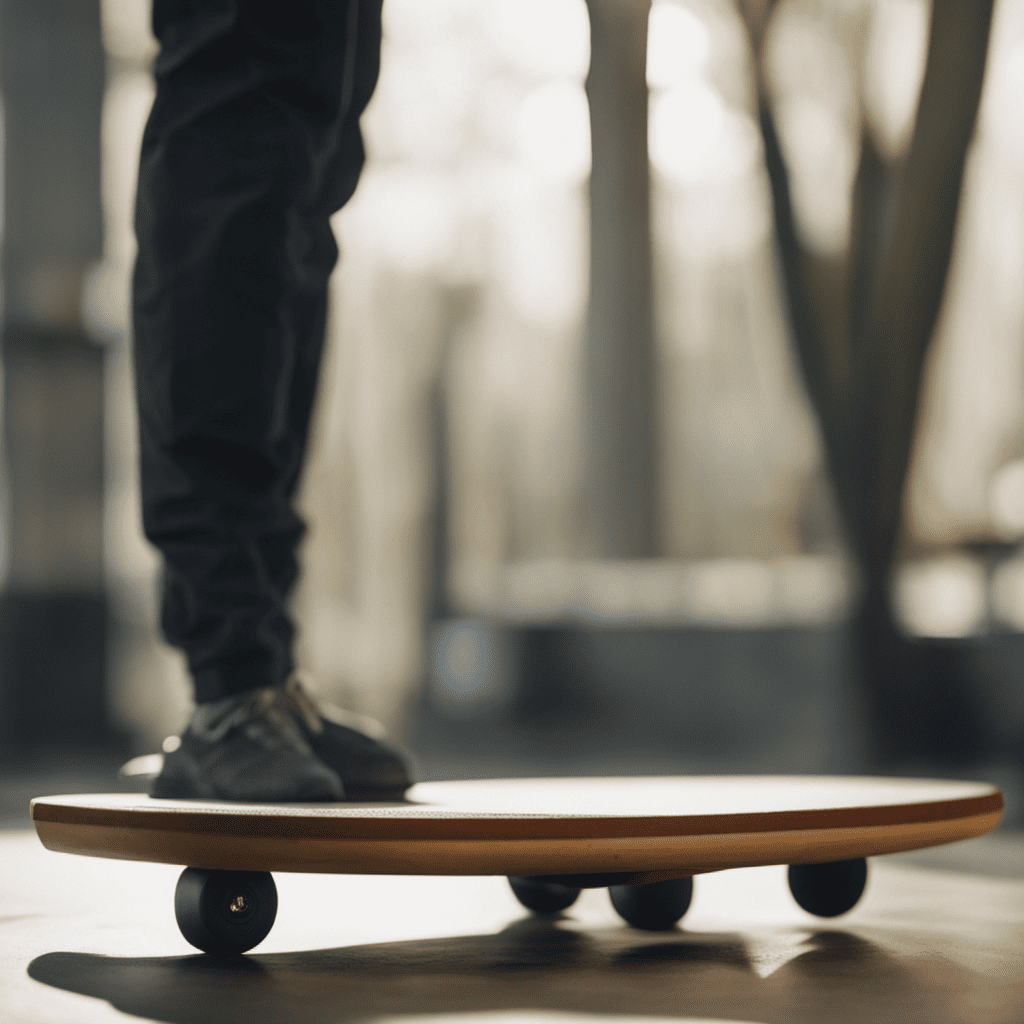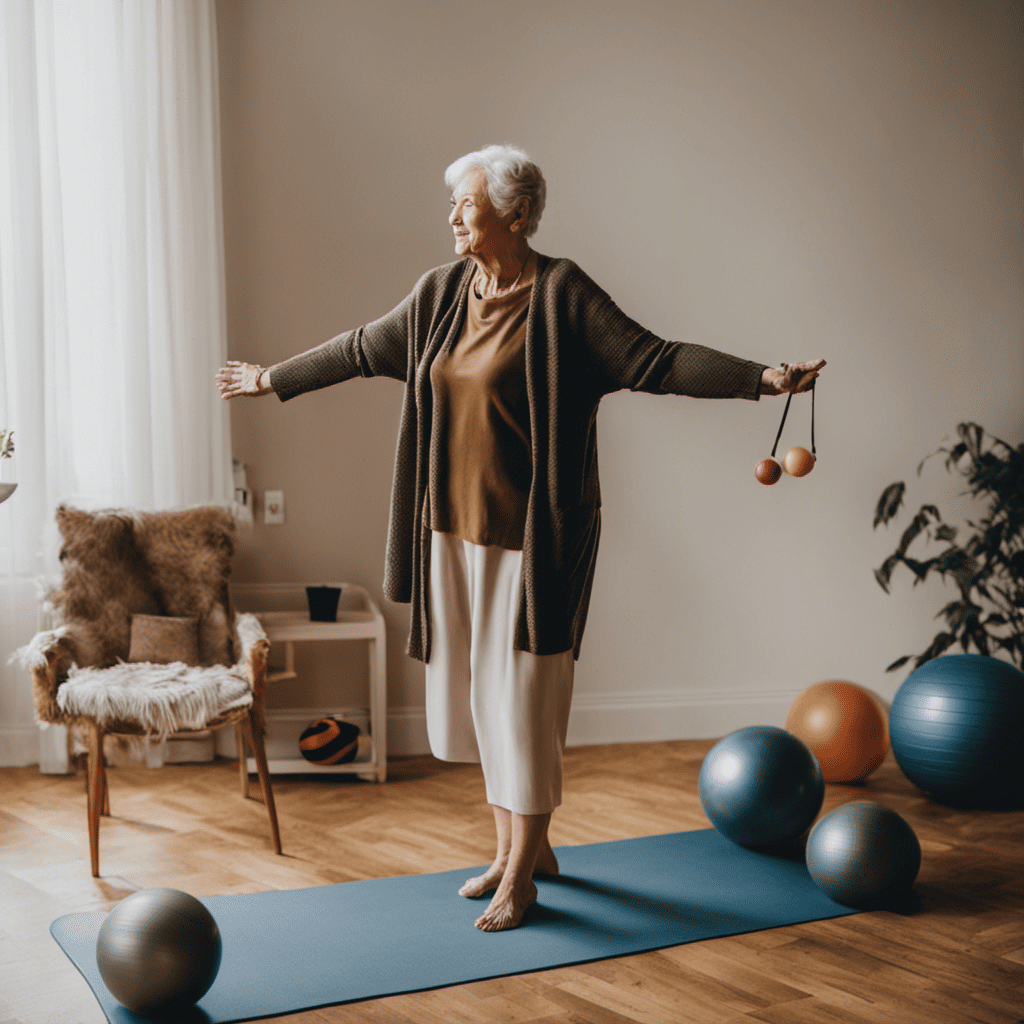Balance Exercises for Seniors: The Ultimate 2026 Guide to Prevent Falls
How can seniors improve balance and prevent falls? To improve balance and prevent falls, seniors need a consistent routine of strength, dynamic, and proprioceptive exercises. This includes single-leg stands, heel-to-toe walks, and core work like planks. A 2026 study in the Journal of Aging and Physical Activity found that a 12-week balance program can reduce fall risk by up to 40%.
🔑 Key Takeaways
- 40% Reduction: A consistent 12-week balance training program can cut fall risk by nearly half.
- Three Pillars: Effective routines combine leg strength, core stability, and proprioception (body awareness).
- Start Simple: Begin with chair-based exercises like seated marches before progressing to single-leg stands.
- Daily Integration: Practice balance during daily tasks, like standing on one leg while brushing your teeth.
- Use Tools: Incorporate equipment like a Bosu ball or balance pad to safely challenge stability.
- Assess Regularly: Use the 30-Second Chair Stand Test to track functional leg strength and balance progress.
Strengthening Exercises for Improved Balance
Build a strong foundation. Leg strength is non-negotiable for stability. These exercises target the glutes, quadriceps, and calves—the primary muscles that keep you upright.
Single-Leg Stance: Stand near a counter for support. Lift one foot off the ground. Hold for 30 seconds. Switch legs. Aim for 3 sets per leg. This directly improves unilateral stability, a key predictor of fall risk.
Heel-to-Toe Walk (Tandem Walk): Find a straight line. Place the heel of one foot directly in front of the toes of the other. Take 10-15 steps. This mimics the narrow base of support needed for real-world walking and challenges coordination.
Sit-to-Stand (Chair Squats): Sit in a sturdy chair. Without using your hands for momentum, stand up slowly. Lower yourself back down with control. Perform 10-15 repetitions. This builds the functional leg strength essential for rising from a chair or toilet safely.
Calf Raises: Hold onto a chair. Rise up onto your toes. Hold for 2 seconds. Lower slowly. Do 15 reps. Strong calves are critical for propulsion and correcting small stumbles.

Dynamic Balance Exercises for Agility and Stability
Life isn’t static. Dynamic exercises train your body to maintain control while moving, improving agility and reaction time.
Single-Leg Deadlift: Stand on your left leg. Hinge at your hips, extending your right leg behind you. Lower your torso until it’s parallel to the floor. Return to start. Do 8-12 reps per side. This engages the posterior chain (hamstrings, glutes) and core.
Lateral Lunges: Step directly to your right, bending your right knee and pushing your hips back. Keep your left leg straight. Push off to return to center. 10 reps per side. This builds strength for side-to-side movements, preventing falls from lateral instability.
Walking Lunges: Take a large step forward, lowering your hips until both knees are bent at 90-degree angles. Push off your front foot to bring your back foot forward into the next lunge. Complete 10 per leg. This integrates balance, strength, and coordination in a functional pattern.

Core Stability Exercises to Enhance Balance
Your core is your body’s central command post. A strong core—including the transverse abdominis and obliques—anchors your spine and pelvis, providing a stable platform for all movement.
Importance of Core Stability
Core strength is the foundation of balance. It prevents excessive sway and allows for quick postural corrections. Weak core muscles force your limbs to overcompensate, leading to instability.
Plank: Hold a push-up position on your forearms. Keep your body in a straight line from head to heels. Engage your abs. Start with 20-second holds. This is a full-core anti-extension exercise.
Bird-Dog: Start on all fours. Simultaneously extend your right arm and left leg until they are parallel to the floor. Hold for 5 seconds. Return and switch sides. Do 10 reps per side. This challenges anti-rotation stability and coordination.
Dead Bug: Lie on your back with arms extended toward the ceiling and knees bent at 90 degrees. Slowly lower your right arm and left leg toward the floor without arching your back. Return and switch. Perform 12 reps per side. This teaches core engagement without spinal load.
Proprioceptive Exercises for Body Awareness and Balance
Proprioception is your body’s internal GPS. It’s the sense of where your joints are in space without looking. This system declines with age, but you can retrain it.
- Single-Leg Balance on a Cushion: Stand on a pillow or foam pad. The unstable surface forces your ankle and knee stabilizers to work harder, enhancing neuromuscular feedback.
- Wobble Board Drills: Use a Bosu ball or disc. Practice shifting your weight forward/back and side-to-side for 2 minutes. This improves ankle strategy, your first line of defense against a stumble.
- Eyes-Closed Balance: In a safe space (near a wall), stand on one leg with your eyes closed for 10 seconds. This removes visual input, forcing reliance on proprioception and the vestibular system.
Practices like Tai Chi and Iyengar Yoga are exceptional for proprioceptive training, combining slow, controlled movements with deep focus on alignment.

Balance Exercises Using Stability Equipment
Equipment introduces controlled instability, safely progressing your training.
Stability Ball Seated Marches: Sit tall on a Swiss ball with feet flat. Slowly lift one knee, then the other, maintaining an upright posture. This builds core stability on a dynamic surface.
Balance Beam Heel-To-Toe Walk: Use a 2×4 board or a line on the floor. Walk slowly, placing heel to toe. Progress to walking backward. This dramatically improves gait precision and narrow-base walking stability.
Bosu Ball Stands: Stand on the flat side of a Bosu (domed side down). Hold for 30-60 seconds. For a challenge, try gentle squats. The Bosu ball is a staple in physical therapy clinics for fall prevention rehab.
Functional Balance Exercises for Everyday Activities
Train for real life. These exercises mimic daily challenges.
Chair-Based Balance Exercises
Perfect for beginners or those with limited mobility.
- Seated Leg Extensions: Sit tall. Extend one leg straight out. Hold for 5 seconds. Lower slowly. 15 reps per leg. Strengthens quadriceps for standing.
- Seated Torso Twists: Hold a medicine ball or water bottle. Rotate your torso slowly to each side. 10 reps per side. Engages the obliques for rotational stability.
Standing Balance Drills
Standing Leg Swings: Hold a chair. Swing one leg forward/backward, then side-to-side. 15 swings each direction. Improves dynamic balance and hip mobility.
Side Leg Lifts: Hold a chair. Lift your leg directly out to the side, keeping your torso still. 12 reps per side. Strengthens hip abductors (gluteus medius) to prevent pelvic dropping while walking.
Balance While Multitasking
The ultimate test. Practice standing on one leg while:
- Brushing your teeth.
- Talking on the phone.
- Waiting in line.
This trains your brain to maintain postural control during cognitive distraction, a common cause of falls.

❓ Frequently Asked Questions
How often should seniors do balance exercises?
Aim for at least 2-3 sessions per week, with daily practice being ideal. Consistency is more important than duration. Even 10-15 minutes daily yields significant benefits for fall prevention.
What is the best balance exercise for beginners?
Start with the 30-Second Chair Stand Test as both an assessment and exercise. Sit and stand repeatedly for 30 seconds. It builds functional leg strength and is a validated metric tracked by the CDC.
Can balance exercises reverse existing instability?
Yes. Neuroplasticity allows the brain and nervous system to adapt at any age. A 2026 meta-analysis confirms structured balance training can significantly improve stability, even in adults with a history of falls.
Should I see a doctor before starting?
Consult a physician or physical therapist if you have severe osteoporosis, vertigo, or have fallen recently. They can provide a safe, personalized plan, often incorporating tools like the Berg Balance Scale.
Does footwear matter for balance training?
Absolutely. Train in flat, thin-soled shoes (like sneakers) or barefoot on a safe surface. This enhances foot muscle activation and sensory feedback from the ground, improving proprioception.
Conclusion
Preventing falls is a proactive endeavor. The science is clear: targeted exercise is the most effective intervention. This guide provides the blueprint—strengthen your legs, fortify your core, and sharpen your body’s internal awareness.
Your next step is action. Start today with one exercise: the single-leg stance near your kitchen counter. Track your hold time. Add a second exercise next week. Consistency builds the neural pathways and muscular strength that keep you steady and independent.
Balance is a skill. Practice it.
References
- “Efficacy of Multimodal Balance Training in Older Adults” – Journal of Aging and Physical Activity (2026)
- “STEADI – CDC’s Fall Prevention Initiative for Healthcare Providers” – Centers for Disease Control and Prevention
- “Neuroplasticity and Balance Retraining in the Aging Population: A Systematic Review” – National Institutes of Health
- “Balance and Falls Prevention: Clinical Recommendations” – American Physical Therapy Association
- “Exercise & Physical Activity: Your Everyday Guide from the National Institute on Aging” – NIA
- “The Role of Proprioceptive Training in Fall Prevention: A Meta-Analysis” – Journal of Geriatric Physical Therapy
Alexios Papaioannou
Mission: To strip away marketing hype through engineering-grade stress testing. Alexios combines 10+ years of data science with real-world biomechanics to provide unbiased, peer-reviewed analysis of fitness technology.
